Elmira Shelton House
Introduction
Text-to-speech Audio
Images
A sketch of Elmira Royster Shelton in her youth.
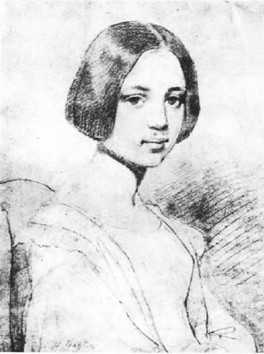
Elmira Royster Shelton during adulthood.
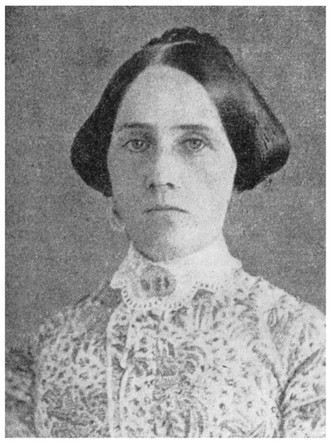
Elmira Royster Shelton during adulthood.
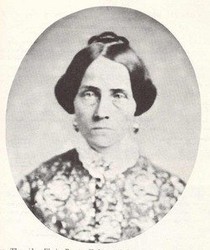
The facade of the Elmira Shelton House
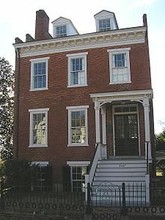
Street view of the Elmira Shelton House
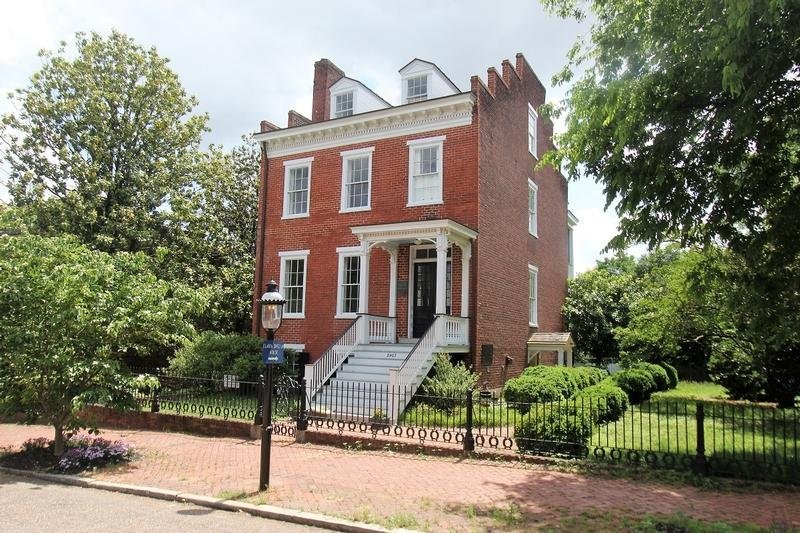
Edgar Allan Poe during 1849, the year of his death.
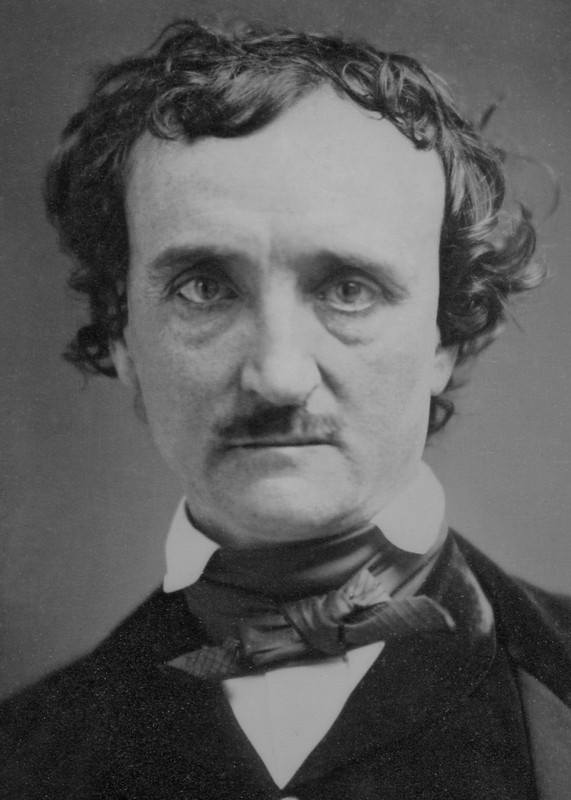
Backstory and Context
Text-to-speech Audio
Born in 1810, Sarah Elmira Royster belonged to a well-off Richmond family. It was in 1825 that she met the sixteen-year-old Edgar Allan Poe, and the two began their famous courtship. Her father vehemently disapproved of his daughter being involved with Poe, mostly due in part to his social and financial status as an orphan. Poe began classes at the University of Virginia in 1826 and became secretly engaged to Elmira before his departure. Elmira’s father began intercepting her letters from Poe, effectively ending the communication between the young couple. Thinking that Poe forgot about her, seventeen-year-old Elmira soon after met and married Alexander Barrett Shelton, a wealthy businessman involved in the transportation industry. The couple had four children together, and remained married until Shelton’s death in 1844.
Not long after her husband’s death, Elmira and her nineteen-year-old daughter Ann and ten-year-old son Southall moved into a recently constructed house on East Grace Street. The Greek Revival-style rowhouse house belonged to the famous Van Lew family, whose mansion was located one block away. The Van Lews were a wealthy merchant family from Philadelphia, established by John Van Lew when he moved to Richmond as a teenager. Elizabeth Van Lew, daughter of John and Eliza Baker, became a fervent abolitionist and worked as a spy for the Union Army during the Civil War.
Poe returned to Richmond in July 1848, his first wife and cousin Virginia Clemm having passed away the year prior. Learning of Elmira’s availability, Poe quickly began courting his former sweetheart, much to the disapproval of her brothers and children. After much insistence from the 40-year-old Poe, the two were secretly engaged again in September 1849. A wedding was planned for October 17, after Poe returned from a business trip to Philadelphia. Unfortunately, Edgar Allen Poe never arrived in Philadelphia as he passed away in Baltimore on October 7, 1849. The cause of his death has never been determined, though at the time rumors circulated that Elmira’s brother beat Poe to death. Elmira never remarried and became a social recluse, speaking only rarely of Poe. She passed away on February 11, 1888.
Elmira Royston Shelton is largely credited as being the inspiration for several of Poe’s most famous poems, such as “To Elmira,” “Tamerlane,” and “Song.” Her influence can also be seen in “To One in Paradise” and “To Helen.” While the female subject in the poems of “The Raven” and “Annabel Lee” is debatable, the fact that Poe sought to publish “Annabel Lee” along with his wedding announcement in local newspapers indicates the poem’s connection to his and Elmira’s relationship. However, the poem was published with Poe’s obituary instead. The magnitude of Elmira’s influence on Poe’s poetic artistry and the subsequent genre of Romanticism is undeniable.
The Elmira Shelton House slowly deteriorated during the late-19th and early-20th Centuries. The Historic Richmond Foundation purchased and restored the home during the late 1950s, and operated out of the home until 1994 when it sold the building to a private owner. The Mary Shelton House remains privately owned today.
Sources
Elmira Shelton House, 2407 E. Grace Street. Historic Richmond. April 16, 2019. https://www.historicrichmond.com/property/elmira-shelton-house/.
Sherman, Mark. Poe's Last Love Remembered. The Poe Museum. September 5, 2012. April 16, 2019. http://www.poemuseum.org/blog-test/poes-last-love-remembered.
